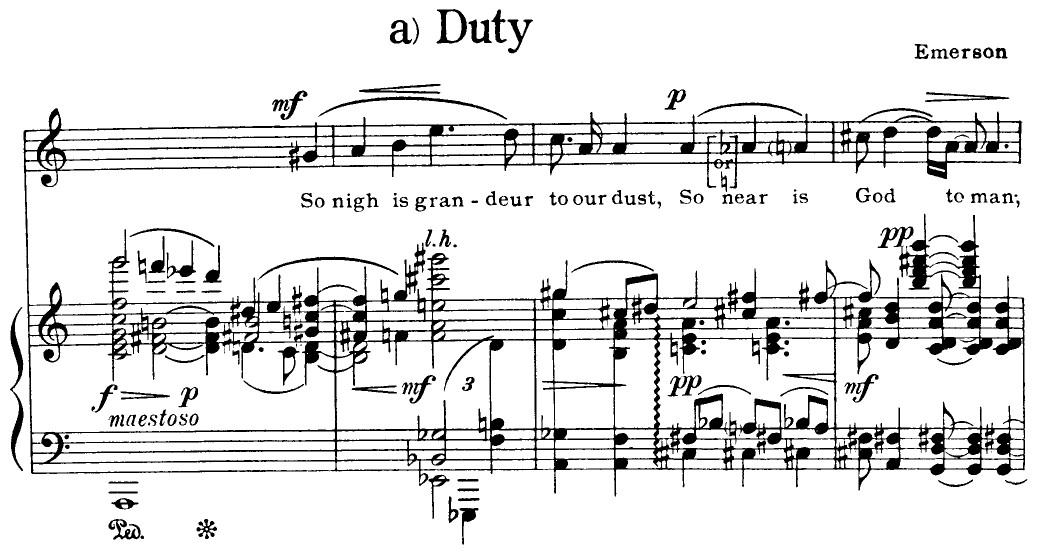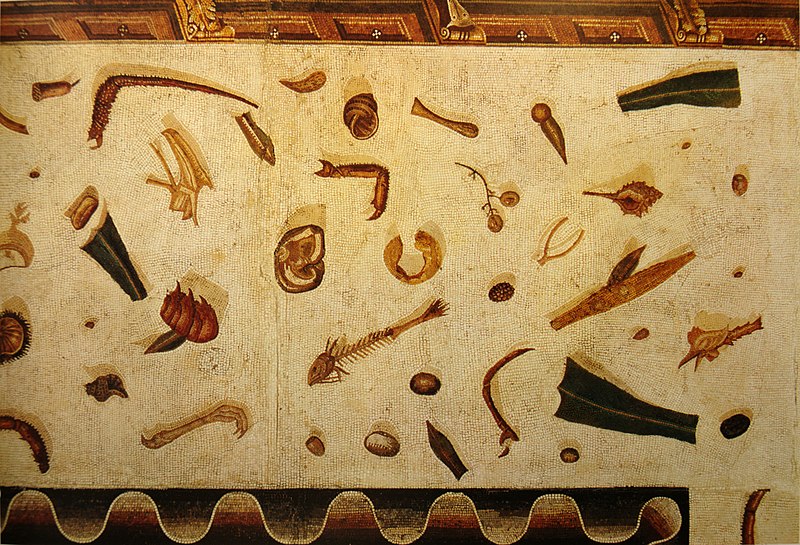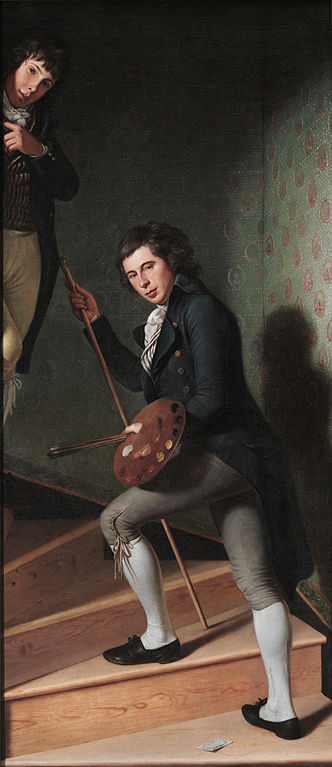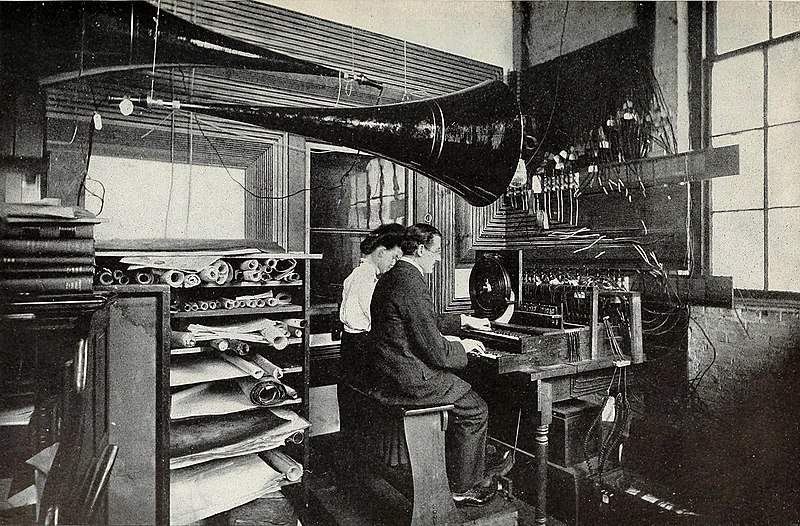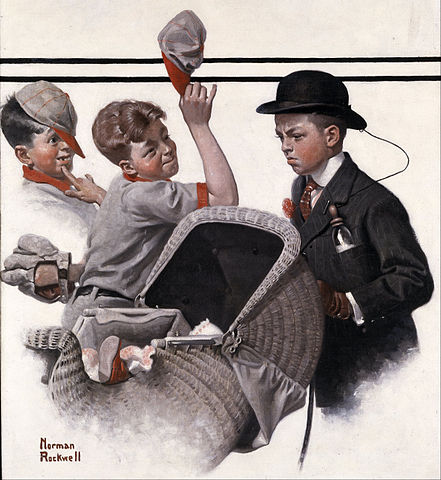
In 1916, when Norman Rockwell began his career painting covers for the Saturday Evening Post, he faced a “recurring crisis” in coming up with new ideas. “I’d feel all washed out, blank, nothing in my head but a low buzzing noise,” he wrote in his 1960 autobiography, My Adventures as an Illustrator. “One day, after I’d been aimlessly sketching and crumpling up sheets of paper for hours, I said to myself, This has got to stop; I can’t sit here and muse all day. So I figured out a system and used it for 20 years or so.”
When I had run out of ideas, I’d eat a light meal, sharpen 20 pencils, and lay out a dozen pads of paper on the dining room table. Then I’d draw a lamppost (after a while I got to be the best lamppost artist in America). Then I’d draw a drunken sailor leaning on the lamppost. I’d think about the sailor. Did his girl marry someone else while he was at sea? He’s stranded in a foreign port without money? No. I’d think of the sailor patching his clothes on shipboard. That would remind me of a mother darning her little boy’s pants. Well, what did she find in the pocket? A top. A knife handle. A turtle — I’d sketch a turtle slouching slowly along to —
He would spend three or four hours following this random train of thought while drawings piled up on the floor; then he’d go to bed miserable and desperate. The next morning, still desperate, “I’d kick my trash bucket and suddenly, as it rolled bumpety-bump across the floor, an idea would come to me like a flash of lightning.” He’d follow up this new idea, and once he understood enough about the scene, he removed the lamppost.
“I’d given my brain such a beating the night before that it was in a sensitive state,” he explained. “Pretty soon I’d have a Post cover.”


